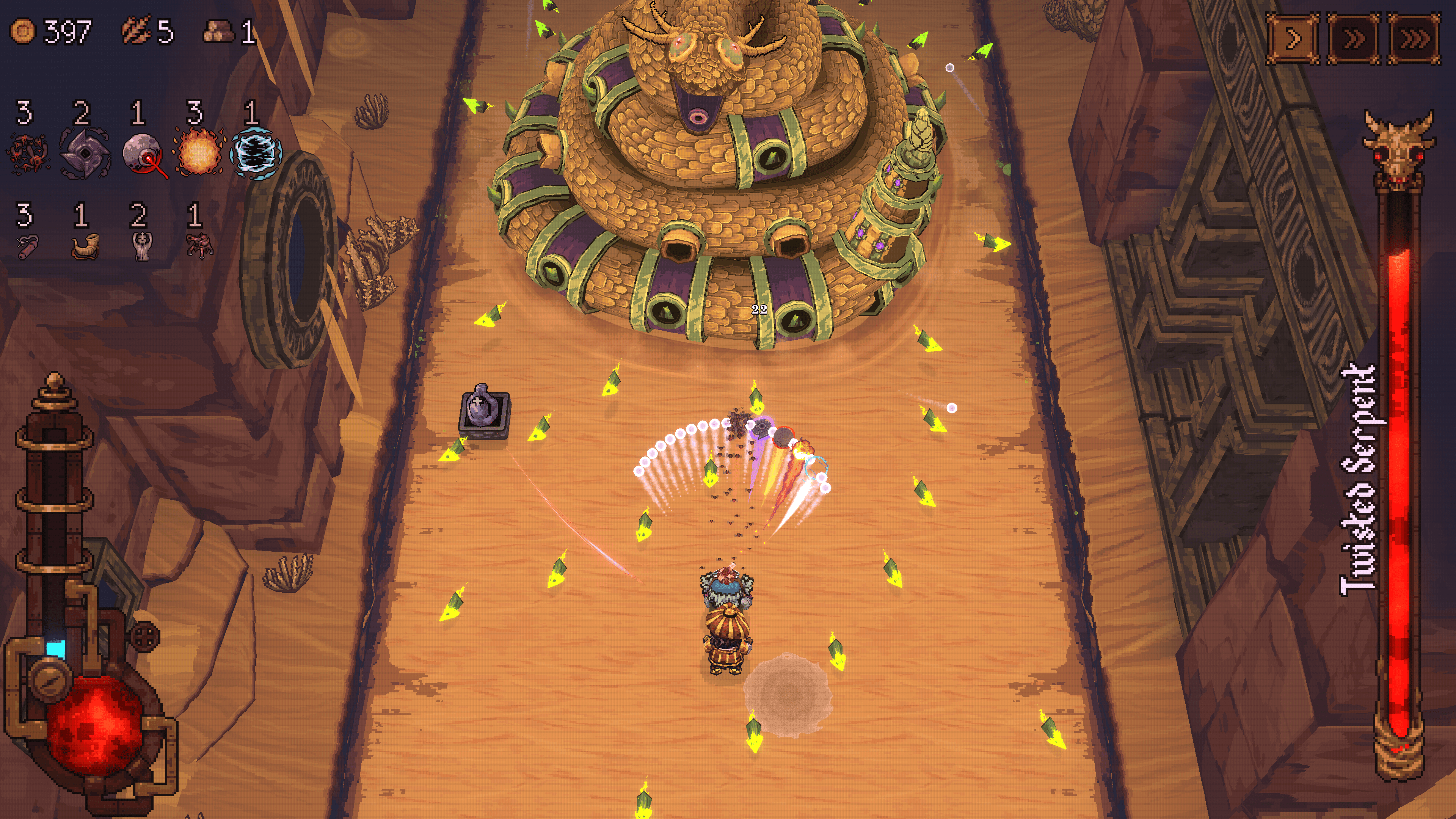A new roguelike is making waves by throwing together some unlikely bedfellows - classic Breakout gameplay, Vampire Survivors-style progression, and city-building mechanics. Ball x Pit launches today across multiple platforms, offering what The Verge calls a "delightful, colorful, and chaotic experience" that goes surprisingly deep once players master its complex systems.
The indie gaming scene just got its most ambitious genre mashup yet. Ball x Pit doesn't just borrow ideas from different games - it throws them in a blender and somehow makes the mixture work. The concept sounds chaotic on paper: take the ball physics of Breakout, add the upgrade progression of Vampire Survivors, then throw in city-building mechanics for good measure.
Yet according to The Verge's review, this unlikely combination creates something genuinely compelling. "Once I figured everything out well enough to get a taste of my first win, delving back into the pit for another round was all I could think about," writes reviewer Jay Peters.
The game opens with the destruction of "Ballbylon," a multi-tiered fantasy city struck by a mysterious glowing orb. What remains is a massive pit that treasure seekers must explore, setting up the core gameplay loop. Players control characters who automatically fire balls upward at advancing enemy hordes, focusing on angle optimization and item collection rather than manual shooting.
Like Vampire Survivors, gems power up your character with increasingly wild abilities. Special balls can poison enemies or trigger laser effects, while rainbow power-ups can instantly level multiple upgrades or fuse balls together for combo effects. The screen quickly fills with chaotic ball physics and visual effects as players build momentum.
But here's where Ball x Pit diverges from its inspirations. Between dungeon runs, players can visit "New Ballbylon" to engage in base-building gameplay. Resource plots, character-unlocking buildings, and permanent stat boost structures can be constructed and upgraded. The twist? You harvest resources and interact with buildings using the same ball-bouncing mechanics from the main game.
"Initially, I didn't like the base-building; I just wanted to keep doing the main runs," Peters admits. "But once I had a good engine for resources and understood how upgrading buildings worked, I was spending a lot longer than I expected optimizing my base."
The character variety keeps things fresh across multiple runs. One character gains 5% damage per ball bounce, encouraging players to find tight corners for maximum ping-pong chaos. Another makes the entire game turn-based, completely changing the pacing. Perhaps most unusually, one unlockable character plays the game "entirely on their own," letting players grind levels hands-off.












